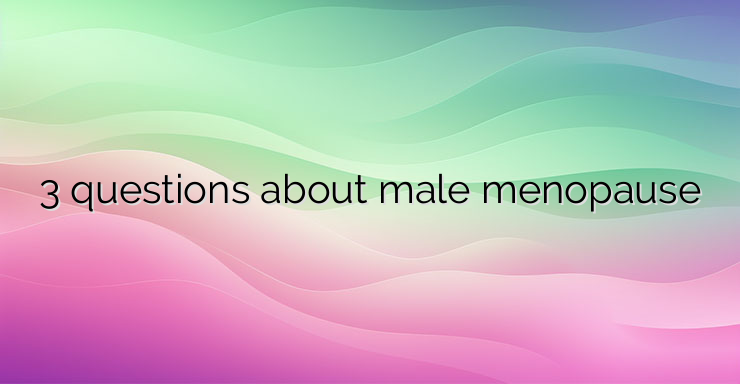Statistics show that men tend to ignore health problems related to their “masculinity” – sexual, hormonal and psycho-emotional disorders are often a taboo topic. The more sensitive a problem is, however, the more likely neglect is to lead to severe complications. This is also the case with andropause, the so-called “male menopause”. 1. What is andropause? A number of factors, led by advancing age, lead to a decline in the secretion of testosterone, the male sex hormone. This leads to hormonal imbalance and a number of physiological and metabolic disorders, some milder, others more serious. When age is a major factor in lowering testosterone, the condition is called andropause. The main difference with menopause in women is that in menopause most often the production of sex hormones stops abruptly and almost completely, while in andropause it happens much more smoothly and gradually. NEWS_MORE_BOX 2. What are the symptoms? Andropause symptoms can be physiological and psychological. A decrease in testosterone can lead to a loss of muscle and bone mass and limit both the physical and cognitive capabilities of the body – in stressful situations it is more difficult to make decisions, passivity is observed, memory is delayed. 3. At what age does it appear? Statistically, men between the ages of 51 and 60 are most often affected, but with an unhealthy lifestyle (lack of sports, smoking, excessive alcohol use), andropause can appear around 43-46 years. 4. Do men experience hot and cold flashes? With severely reduced testosterone levels – yes. Alternating hot sensations and profuse night sweats are among the most commonly reported symptoms of the disease.


Leave a Reply